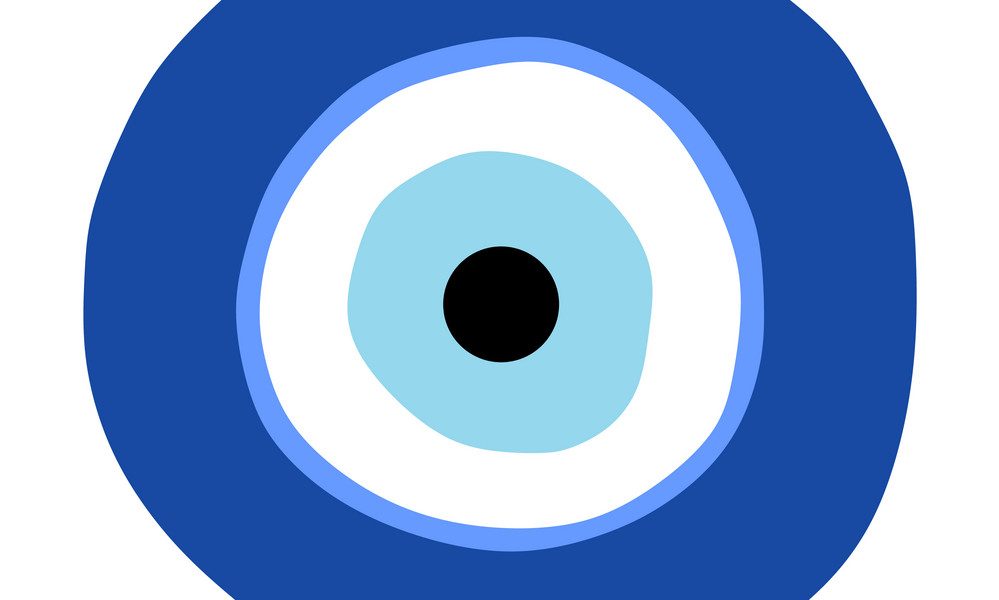By Remy Cush
Despite the recent popularization of the evil eye in recent fashion and décor trends, this symbol holds a lot of value and history in any cultures. Originally, it was found that Mesopotamian artifacts from 3300 B.C included depictions of eyes. The generalized meaning of the evil eye across these cultures, is that evil energy dispersed from the eyes of envious and angry persons, and this energy penetrates both living and non-living objects. Other origins of the idolized symbol are found within Greek history, and the application of the evil eye are found in the Mediterranean, Celtic cultures, Turkey and Roman history as well.
Common in Turkey and Greece, glass evil eye beads can be found in many local markets, displaying the notorious, bright blue of the eyes iris. Traditionally referred to in Ancient Greece as kako mati, or the evil eye, the value runs deep in cultures around the world. In Italy, it is a common belief that many objects held value, and brought good luck to those who help these idols. As for the evil eye, or Il Malocchio, the beliefs behind the power of the evil eye were very similar to that of Ancient Greek cultures. According to italiangeneaology.com, Il Malocchio is “a condition of unluckiness that comes from someone or something else.” This idea of bad luck mainly originates from envious feelings or behavior, and the evil eye protects those that wear it from this evil energy.
One of the more common forms of the evil eye symbol can be glass beads or other talismans, protecting those that wear it from the evil eye itself. The misfortune or injury that can come by this malicious glare, can be avoided with the use of the talisman.
Image via vectorstock





